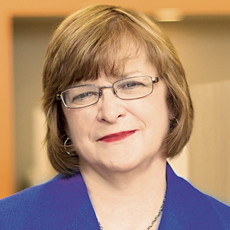
Is there anything we should be doing with the results of the Brief Interview for Mental Status (BIMs) and PHQ-9 that we get from the MDS?
One of the changes that occurred with the implementation of the MDS 3.0 was that Care Planning implications were built into the MDS. You need to remember that the MDS is not just a tool used for payment but is also the foundation for resident care. Frequently, while reviewing Medicare and Medicaid payment systems, we see PHQ-9 scores above 10 and not another word about it in the rest of the medical record.
You need to remember the care process. It begins with IDENTIFY, which is completed by doing foundational assessments including risk assessments and the MDS, to identify the residents current status and risk factors. The information is utilized to EVALUATE. That component is completed by utilizing the Care Area Assessments and developing an individualized plan of care.
The third step is to IMPLEMENT the plan, which utilizes the information to provide resident care according to Evidenced Based Standards of Care. Finally, the plan is MONITORed and RE-EVALUATEd periodically and whenever there is a condition change. This cycle continues over and over again. This is the foundation of care.
If you identify that the resident is cognitively impaired by using the BIMS or showing signs of depression by completing the PHQ-9, you must do something to assist the resident.
So, the MDS cannot stand alone. It requires action.
Also, remember that the care process is part of the billing process. In other words, a facility cannot get paid for the resident’s stay, whether covered by Medicare or Medicaid, unless the facility is providing appropriate care to the resident.
From the February 01, 2014 Issue of McKnight's Long-Term Care News




